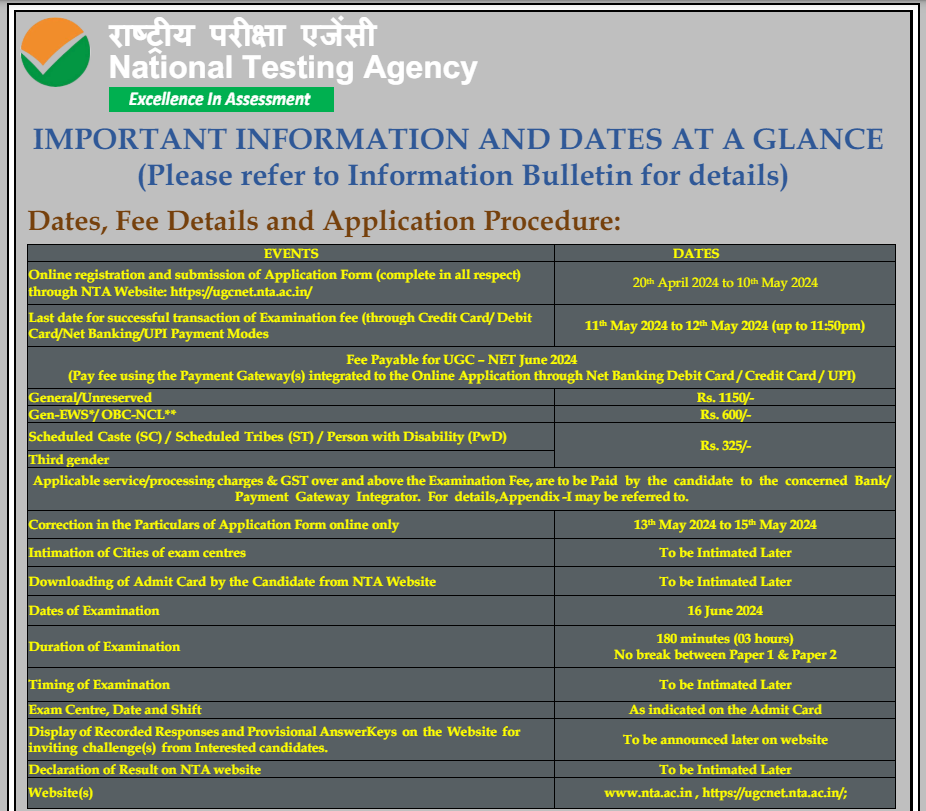TRANSFORMER PART 1

Category –EE Online Test
Telegram-Join Us On Telegram
Attempt Free TRANSFORMER PART 1 Here. Read The Important Electrical MCQ From Below.
TRANSFORMER PART ONE
Instructions: Click the answer button to see the correct answer.
1. Eddy current loss will depends on
- All of these
- Flux density
- Thickness
- Frequency
Answer: a
2. Hysteresis loss will depends on
- f²
- f³
- f
- None of these
Answer: c
TRANSFORMER PART 1
3. Thin laminations are used in a machine in order to reduce
- Hysteresis losses
- None of these
- Eddy current losses
- Copper losses
Answer: c
4. Hysteresis loop represents the area of
- hysteresis loss
- total iron losses
- copper loss
- eddy current loss
Answer; a
5. Total core loss is also called as ————-?
- Magnetic loss
- Hysteresis loss
- Eddy current loss
- Copper loss
Answer: a
TRANSFORMER PART 1
6. Which of the following are variable losses?
- armature copper loss
- eddy current loss
- shunt field copper loss
- hysteresis loss
Answer: a
7. Maximum efficiency will occur, when copper loss is_______to iron loss?
- any of these
- equals to
- less than
- greater than
Answer: b
8. The noise resulting from vibrations of lamination set by magnetic forces, is termed as
- zoom
- hum.
- boo
- magnetostriction.
Answer: b
9. Auto transformer makes effective saving on copper and copper losses, when its transformation ratio is equal to
- less than one.
- very low
- approx to one.
- greater than one.
Answer: c
TRANSFORMER PART 1
10. Which of the following statements is/are correct?
- Both
- High frequency power supplies are light weight
- None of these
- Transformer size get reduced at high frequency
Answer: a
11. The basic function of a transformer is to change
- the power level
- the frequency
- the level of the voltage
- the power factor
Answer: c
12. The frequency of a voltage at the secondary is
- less than primary
- equal to primary
- greater than the primary
- any of these
Answer: b
TRANSFORMER PART 1
13. Transformer action requires a
- alternating electric flux
- increasing magnetic flux
- constant magnetic flux
- alternating magnetic lux
Answer: d
14. For an ideal transformer the winding should have
- no ohmic resistance on either side
- minimum resistance on primary side and maximum resistance on secondary side
- maximum resistance on primary side and least resistance on secondary side
- equal resistance on primary and secondary side
Answer: a
15. Which of the following statements is/are correct statements?
- all of these
- EMF per turn in both the windings are equal
- EMF per turn in HV winding is more than EMF per turn in LV winding
- EMF per turn in HV winding is less than EMF per turn in LV winding
Answer: b
TRANSFORMER PART 1
16. The core flux in transformer depends mainly on
- supply voltage
- supply voltage and load
- supply voltage, frequency and load
- supply voltage and frequency
Answer: d
17. If the applied voltage of a certain transformer is increased by 50% and the frequency is reduced by 50%, the maximum flux density will (assuming that the magnetic circuit remains unsaturated)
- changes to 0.5 times the original value
- changes to 1.5 times the original value
- remain the same as the original
- changes to three times the original value
Answer: d
18. The low voltage winding of a 400/230 V single phase 50 Hz transformer is to be connected to keep the magnetization current at the same level in both the cases the voltage at 25 Hz should be
- 460 V
- 115 V
- 230 V
- 65 V
Answer: b
TRANSFORMER PART 1
19. A single phase transformer has specifications as 250 KVA, 11000 V/415 V, 50 Hz. What are the values of primary and secondary currents?
- primary = 602 A, secondary = 22.7 A
- primary = 22.7 A, secondary = 602.4 A
- primary = 301 A, secondary = 22.7 A
- primary = 11.4 A, secondary = 301 A
Answer: b
20. R1 is the resistance of the primary winding of the transformer. The turn ratio in terms of primary to secondary is K. Then the equivalent resistance of the primary referred to secondary is
- R1 /K²
- K²R1
- R1 /K
- K×R1
Answer: a
21. A 5 KVA transformer has a turns ratio of N1/N2 = 10. The impedance of primary winding is 3+j5 ohms while that of secondary winding is 0.5+j0.8 ohms. The impedance of transformer when referred to primary will be
- 3.5+j5.8 ohms
- 3.05+j5.08 ohms
- 53+j85 ohms
- 8+j13 ohms
Answer: c
TRANSFORMER PART 1
22. Voltage regulation of transformer is given by
- (V2 – E2) / V2
- (E2 – V2) / V2
- (E2 – V2) / E2
- (E2 – V2) / E2
Answer: d
23. In a transformer zero voltage regulation is achieved at a load power factor which is
- zero
- leading
- lagging
- unity
Answer: b
24. A transformer has resistance and reactance in per unit as 0.01 and 0.04 respectively. Its voltage regulation for 0.8 power factor lagging and leading will be
- 3.2% and -1.6%
- none of these
- 6% and -4%
- 4.8% and -3.2%
Answer: a
TRANSFORMER PART 1
25. The constant losses in transformer is/are
- hysteresis loss
- eddy current loss
- both hysteresis loss & eddy current loss
- copper loss
Answer: c
26. In a transformer, hysteresis and eddy current losses depend upon
- maximum flux density
- supply frequency
- both supply frequency & maximum flux density
- load current
Answer: c
27. In a transformer operating at constant voltage if the input frequency increases, the core loss
- none of these
- remains constant
- decrease
- increase
Answer: c
28. If the frequency of input voltage of a transformer is increased keeping the magnitude of voltage unchanged, then
- Ph will increase but Pe will decrease
- Pe will increase but Ph will decrease
- both hysteresis loss(Ph) and eddy current loss(Pe) will increase
- Ph will decrease but Pe will remain same
Answer: d
TRANSFORMER PART 1
29. 1 KVA, 230 V, 50 Hz, single phase transformer has an eddy current loss of 30 watts. The eddy current loss when the transformer is excited by a dc source of same voltage will be
- 30 W
- less than 30 W
- more than 30 W
- zero watt
Answer: d
30. A transformer has hysteresis loss of 30 W, at 240 V, 60 Hz. The hysteresis loss at 200 V, 50 Hz will be
- 30 W
- 25 W
- 28 W
- 36 W
Answer: b
31. A single phase transformer when supplied from 220 V, 50 Hz has eddy current loss of 50 W. If the transformer is connected voltage of 330 V, 75 Hz, the eddy current loss will be
- 168.75 W
- 112.5 W
- 75 W
- 50 W
Answer: b
32. The full load copper loss and iron loss of transformer are 6400W and 5000W respectively. The copper loss and iron loss at half load will be respectively?
- 3200 W and 5200 W
- 3200 W and 2500 W
- 1600 W and 5000 W
- 1600 W and 1250 W
Answer: c
TRANSFORMER PART 1
33. Open circuit test on transformer gives
- hysteresis loss
- copper loss
- both eddy current loss & hysteresis loss
- eddy current loss
Answer: c
34. Open circuit in a transformer is preferred with
- direct current
- rated transformer current
- high frequency supply
- rated transformer voltage
Answer: d
35. In a transformer
- both OC and SC tests are conducted on LV side
- OC test is conducted on HV side and SC test is conducted on LV side
- both Oc and SC tests are conducted on HV side
- OC test is conducted on LV side and SC test is conducted on HV side
Answer: d
36. In a single phase transformer the magnitude of leakage reactance is twice that of resistance of both primary and secondary. With secondary short circuited, the input power factor is
- 2/√5
- 1/√5
- 1/3
- 1/√2
Answer: b
TRANSFORMER PART 1
37. For a transformer to be tested at full load conditions but consuming only losses from the main, we do
- load test
- back to back test
- OC and SC tests
- none of these
Answer: b
38. If Pi and Pc represent core and full load copper loss respectively, the maximum KVA delivered to load corresponding to maximum efficiency is equal to rated KVA is
- Pi/Pc
- (Pi/Pc)2
- √(Pi/Pc)
- Pc/Pi
Answer: c
39. A transformer has maximum efficiency at 3/4 load. The ratio of iron loos and full load copper loss is
- 9/16
- 3/4
- 4/3
- 16/9
Answer: a
40. When a short circuit test on a transformer is performed at 25 V, 50 Hz, the drawn current is I1. If the test is performed by 25 V and 25 Hz and power drawn current is I2, then
- I1 < I2
- none of these
- I1 = I2
- I1 > I2
Answer: a
TRANSFORMER PART 1
41. A 2 KVA transformer has iron loss of 150 W and full load copper loss of 250 W. The maximum efficiency of the transformer would occur when the total loss is
- 500 W
- 250 W
- 400W
- 300 W
Answer: d
42. Silicon content in steel lamination is kept within 5% as it
- increases hysteresis loss
- makes the material brittle
- all of the above
- Increases cost
Answer: b
43. The use of higher flux density in the transformer design
- increases the weigh per KVA
- reduces the weigh per KVA
- has no relation with the weight of transformer
- none of the above
Answer: b
TRANSFORMER PART 1
44. Transformer oil is used as
- a coolant
- inert medium
- both an insulator & an insulator
- an insulator
Answer: c
45. Conservator tank is used
- for better cooling of transformer
- to take up the expansion of oil due to temperature rise
- to act as an oil storage
- none of these
Answer: b
46. stepped cores are used in transformers in order to reduce
- reluctance of core
- volume of copper
- iron loss
- volume of iron
Answer: b
TRANSFORMER PART 1
47. Which is the arrangement of windings in a core type single phase transformer?
- Sandwiched lv and hv discs on each core limb
- Half hv inside and half lv outside on each core limb
- Half lv inside and half hv outside on each core limb
- Lv on one core limb and hv on the other
Answer: c
48. A shell type transformer has
- none of these
- high eddy current loss
- neglegible hysteresis loss
- reduced magnetic leakage
Answer: d
49. A 100 KVA transformer is operating at 60 Hz, 240 V supply. The same transformer is operating at 50 Hz, 200 V supply. The new rating is
- 83.33 KVA
- 123.3 KVA
- 50 KVA
- 100 KVA
Answer: a
TRANSFORMER PART 1
50. A transformer core is made up of a silicon steel laminations which has maximum flux density 1 Tesla. If it was cold rolled grain oriented its flux density increases to 1.6 Tesla. What is the saving in core size or area due to cold rolled grain oriented process?
- 38%
- 40%
- 60%
- 68
Answer: a














